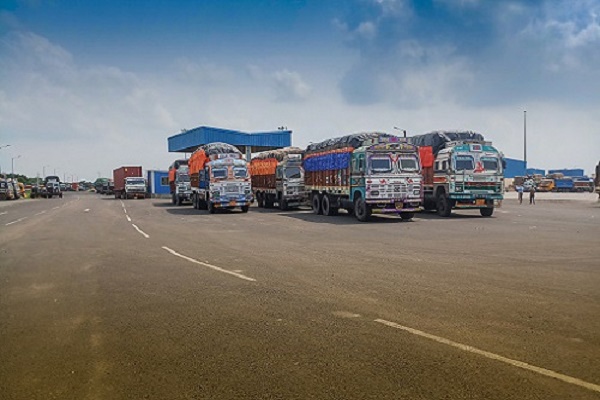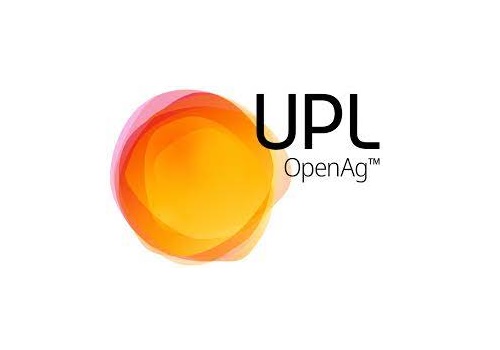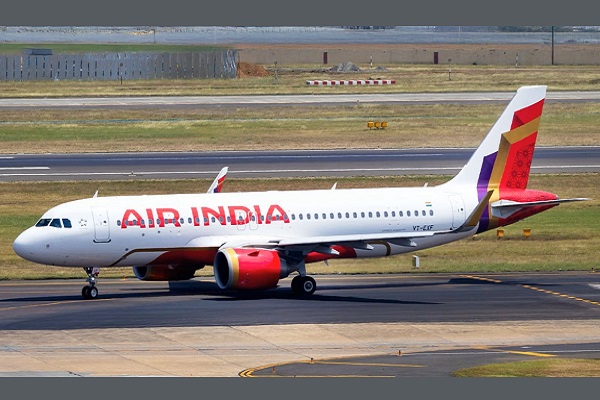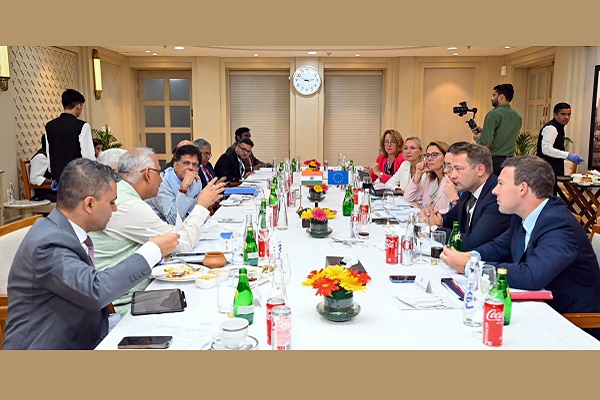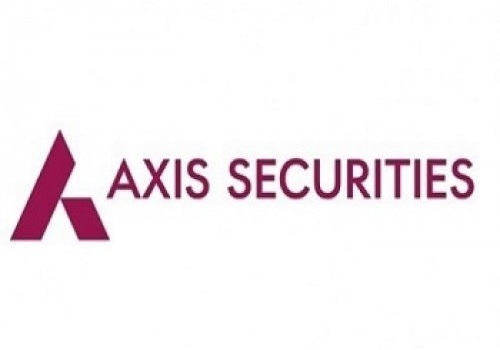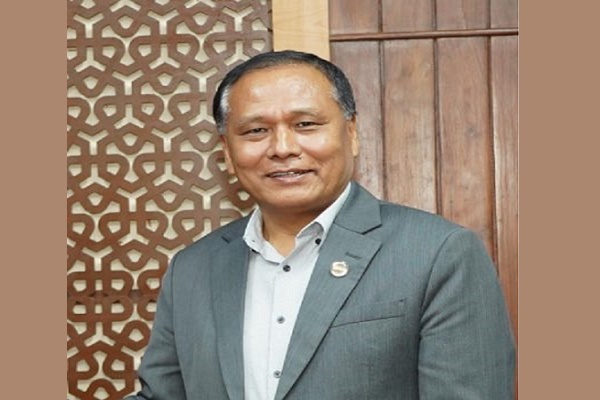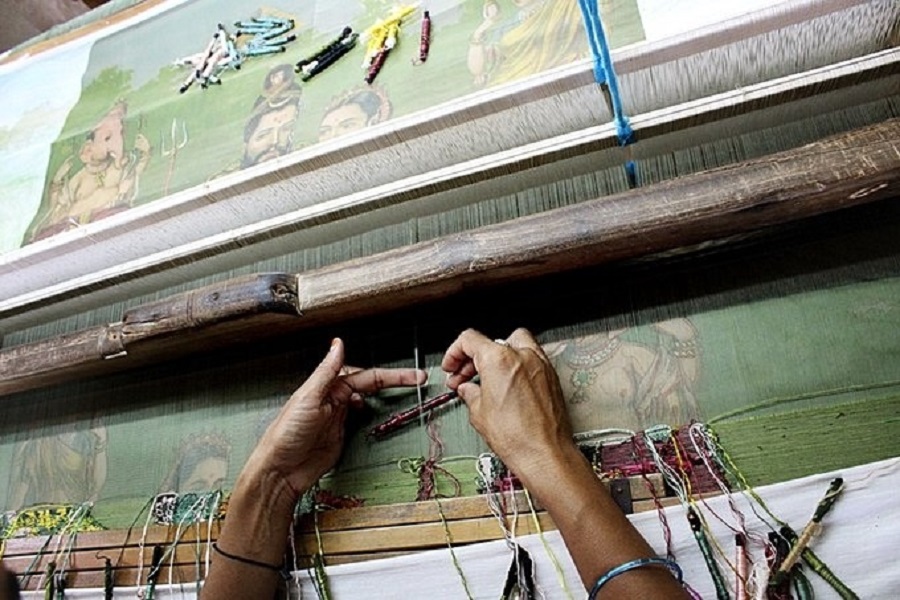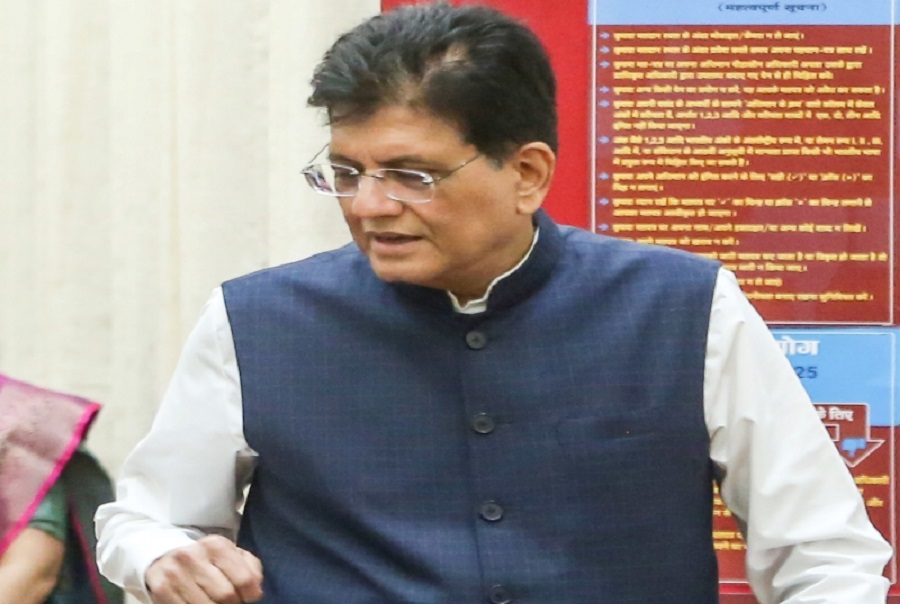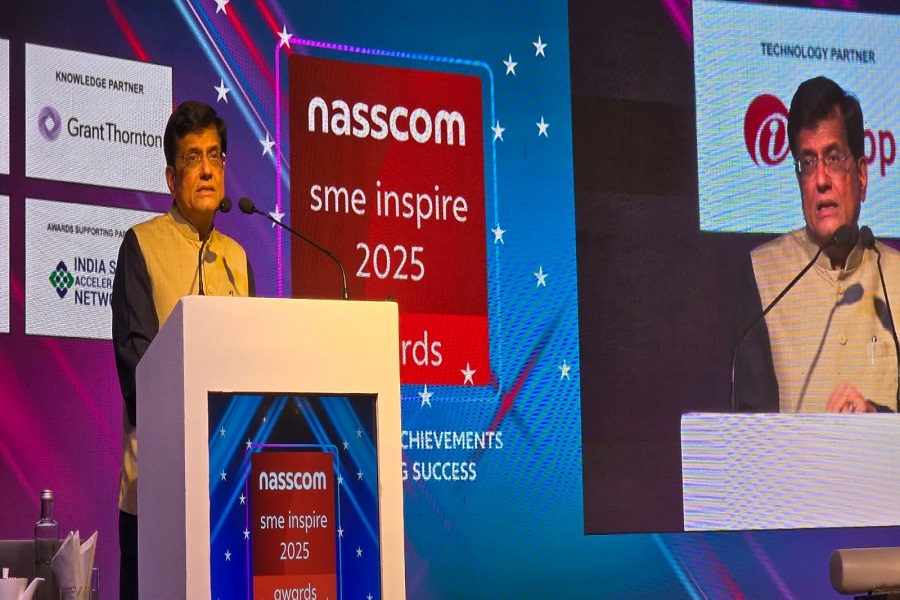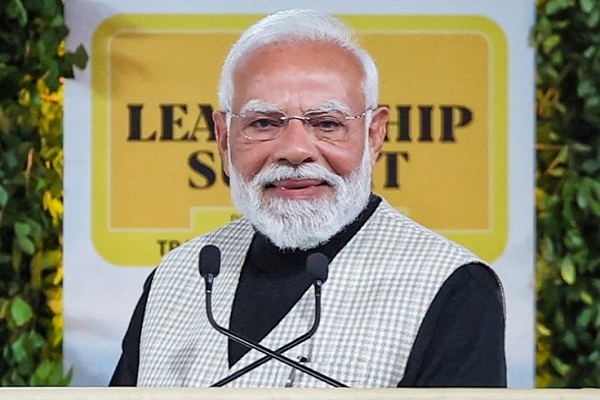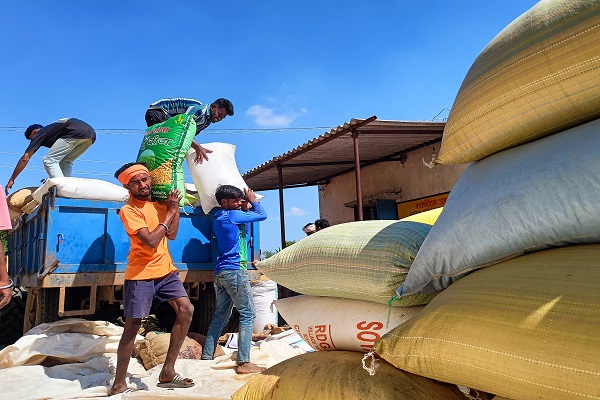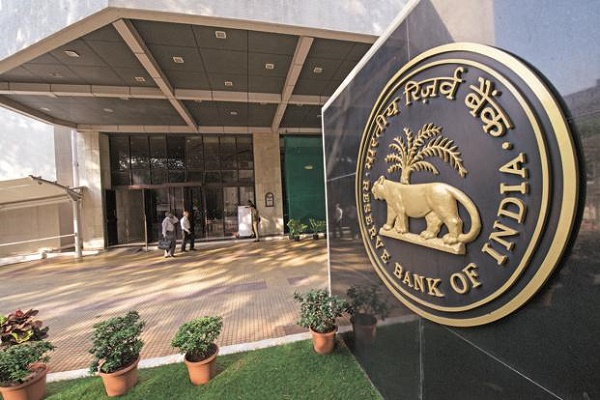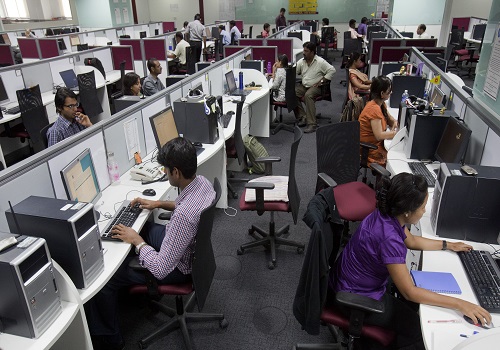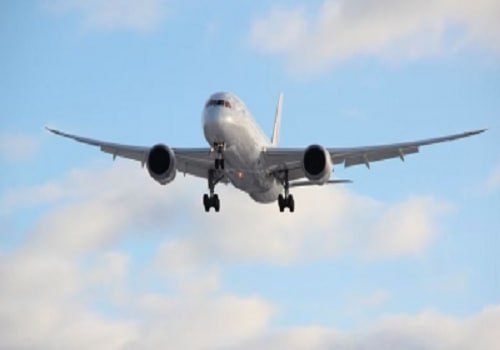Economy : SEBI reviews settlement rules amid rising penalties Systematix
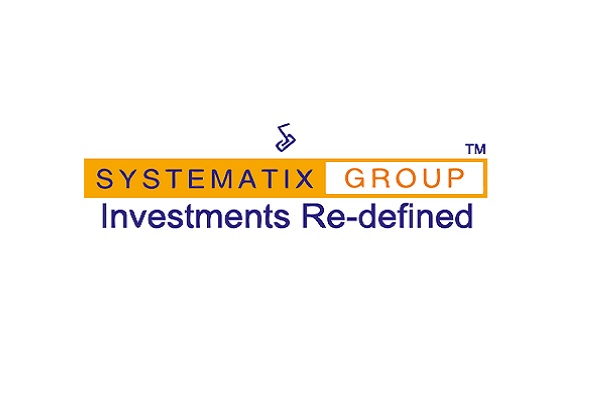
SEBI reviews settlement rules amid rising penalties
The Securities and Exchange Board of India (SEBI) is undertaking a review of its settlement framework to simplify calculations, reduce inflated penalty amounts, and make the process more predictable for applicants. The regulator plans to streamline the formula used to compute settlement sums, address concerns over unrelated base values, and reassess the use of non-monetary conditions such as market bans. It also aims to clarify the treatment of disgorgement interest, review the requirement to name an officer in default, and improve transparency in committee-level decisionmaking. A consultation paper outlining proposed changes is expected by the end of the year, following industry feedback.
Food Ministry considers lifting ban on export of wheat products
The Ministry of Consumer Affairs, Food and Public Distribution has proposed to the Commerce Ministry to allow the export of wheat products like atta, sooji and maida, starting with a one million tonnes (mt) cap. This comes after the Roller Flour Millers' Federation of India urged the government to allow export of wheat products in light of ample domestic availability of wheat. The government banned the export of wheat products in 2022. Allowing wheat products is expected to help millers to generate extra demand from the exporters, according to media reports. Wheat production in India in 2024-25 was at a record-high of 117.54 mt. The government has set a target of 119 mt in 2025-26.
Centre scraps seven QCOs impacting polyester value chain
The government has withdrawn seven quality control orders (QCOs) on chemicals used in the textile industry, according to media reports. These seven QCOs relate to fibre intermediates that impact the textile value chain, particularly the man-made fibre (MMF) segment. The withdrawn QCOs cover terephthalic acid, ethylene glycol, polyester spun (grey and white) yarn, polyester industrial yarn, polyester staple fibre, polyester continuous filament fully drawn yarn and polyester partially oriented yarn. The removal of QCOs on polyester and related fibres will help create a level-playing field for the Indian textile industry, which had become uncompetitive due to significantly higher raw material prices compared with countries like China, Bangladesh and Vietnam, especially since MMF holds a 70% share in the global textile market, according to Sanjay K Jain, former chairman of the Confederation of Indian Textile Industry (CITI) and managing director of TT.
India's steel ministry suspects Chinese steel entering India via Nepal
India's steel ministry suspects Chinese-made steel may have been entering India through Nepal with forged manufacturer details. The ministry's findings show that the volumes and grades coming from Nepal exceed its production capacity. The steel is likely to originate in China, move to Nepal and then reroute to India under a changed origin. The ministry has asked customs, the Bureau of Indian Standards and the Directorate of Revenue Intelligence to conduct a detailed investigation.
Chinese EV manufacturers strongly competing with Indian EV makers
Chinese electric vehicle (EV) manufacturers have quickly emerged as major competitors in India's fast-growing EV market, taking close to a third of the batteryelectric segment in under two years. Brands such as BYD, MG under SAIC, and Geelyowned Volvo are gaining traction through strong technology, attractive pricing, and reliable products, prompting other Chinese firms to consider entering India as well.
Their rise is expanding consumer choice, intensifying competition for domestic automakers, and accelerating the pace of innovation and advanced battery adoption in the country's EV landscape.
India's coal imports rise 13.5% in September 2025
India's coal imports rose 13.5% to 22.05 million tonnes in September as buyers stepped up purchases ahead of the festive season, with both non-coking and coking coal recording year-on-year increases. Data from mjunction shows that while noncoking coal shipments for the month saw a modest rise, coking coal volumes for steelmakers grew more sharply. For April to September, however, non-coking coal imports fell even as coking coal continued to climb. Industry experts attribute the monthly uptick to advance buying and restocking by steel mills, even as India continues its long-term push to reduce coal import dependence through higher domestic output.
IEA warns oil market heading for oversupply
The International Energy Agency (IEA) warned that the global oil market is heading for oversupply. The market is on track for a much larger surplus in 2026, potentially reaching 4.09 million barrels per day (bpd), equivalent to nearly 4% of global demand. The global oil market is becoming increasingly lopsided, with supply expanding far more rapidly than consumption. Global oil supply is set to increase by about 3.1 million bpd in 2025 and 2.5 million bpd in 2026, with both forecasts raised by roughly 100,000 bpd from October 2025. Meanwhile, demand is now projected to grow by 770,000 bpd next year, an upward revision of 70,000 bpd, largely due to stronger petrochemical sector requirements. The imbalance in demand and supply is being driven by rising output from OPEC+ members and other producers at a time when demand growth continues to soften. The IEA also highlighted a notable rise in global oil inventories, particularly in waterborne storage, which could further amplify the risk of oversupply.
Industry
Samruddhi Expressway to get direct connectivity to Vadhvan Port
The Samruddhi Expressway, which connects Nagpur to Mumbai, will be extended to the upcoming Vadhvan Port in Palghar district, according to chief minister Devendra Fadnavis. The linkage will be created through a transit corridor from Igatpuri. With the maps already approved, construction is expected to begin soon. This connection is set to enhance logistics efficiency along the Samruddhi Expressway
6-lane bridge to come up between Thane and Bhiwandi in Maharashtra
The Mumbai Metropolitan Region Development Authority (MMRDA) is planning to build a six-lane bridge across the Vasai creek to link Kolshet in Thane with Kalher in Bhiwandi. The 2.2-km bridge, estimated to cost Rs.4.3 billion, will reduce travel time between the two suburbs from around 45 minutes to just five-seven minutes. The bridge is part of a push to improve connectivity to the industrial hub of Bhiwandi, which is also set to host a station on the Mumbai-Ahmedabad bullet train corridor. To mitigate the traffic congestion and bolster the development of the textile sector, the urgent construction of the Kolshet-Kalher bridge is imperative.
Indian Army operationalises mono rail system at 16,000-feet in Arunachal Pradesh
The Indian Army's Gajraj Corps has operationalised an indigenous mono rail system at 16,000-feet in the Kameng Himalayas of Arunachal Pradesh. This has marked a major breakthrough in high-altitude logistics. The system has been successfully conceptualised, engineered and deployed to address one of the toughest operational challenges faced by troops in the region. The development will ensure uninterrupted supply to forward posts routinely cut off by snow, extreme terrain and unpredictable weather. The monorail system can transport over 300 kg of load in a single run, providing a reliable lifeline to remote posts that lack any other mode of communication or supply.
HAL's civil aviation push uncertain as SJ-100 proposal remains vague
Hindustan Aeronautics (HAL)'s recent agreement with Russia's United Aircraft Corporation to explore joint production of the SJ-100 regional remains clouded by uncertainty, as neither side has clarified whether the plan involves full manufacturing or limited assembly. Industry experts say the move signals India's intent to enter commercial aviation manufacturing at a time when global aircraft supply is tight, yet questions over the SJ-100's past reliability issues, weak business case, lack of aftersales infrastructure and unclear technology transfer terms leave the project's viability uncertain.
AAPA sees strong regional air traffic growth led by India, China
The Association of Asia Pacific Airlines (AAPA) said air traffic in the Asia-Pacific region is rising steadily, with India and China emerging as the strongest drivers of growth as airlines manage supply-chain pressures while meeting robust demand. The association expects momentum to continue into 2026, supported by resilient economies and expanding passenger and cargo markets, and noted that India remains a high-potential aviation market.
IT industry sees positive turnaround after two weak quarters
The information technology (IT) sector returned to positive sequential growth in the September 2025 quarter, according to a report by Axis Capital. The growth was supported by tier-1 technology firms reversing the declines seen over the previous two quarters. Meanwhile, tier-2 companies continued to outperform on both growth and margins. Margins improved across the industry due to currency gains, delayed wage increments and lower seasonal expenses. Hiring also picked up modestly, signalling early signs of demand stability. Freshers intake is likely to rise in 2025-26 to manage average resource costs. The report also highlighted potential near-term gains from Gen-AI-driven spending, which could further aid business cycle recovery.
AI tool drives over 5,000 real-time outbreak alerts
India's disease-surveillance system has issued more than 5,000 real-time outbreak alerts since deploying WadhwaniAI's 'Health Sentinel' tool in 2022, with the AI platform automating media scanning across multiple languages and sharply reducing the manual workload for the National Centre for Disease Control. By analysing millions of news reports and flagging unusual health events for expert review, the system has strengthened early detection and accelerated public-health response, marking a major shift from traditional manual monitoring.
Karnataka Cabinet approves Rs.279.3 mln for super-speciality hospital in Hassan
On 13 November 2025, the Karnataka Cabinet approved a proposal for spending Rs.279.3 million towards providing necessary infrastructure facilities for the superspeciality hospital coming up in Hassan. The Hassan Institute of Medical Sciences had submitted a proposal seeking funds for setting up a cardiac unit with a cath lab facility, as well as the necessary equipment for the departments of neurology, neurosurgery and cardiothoracic surgery. Earlier, on 22 September 2025, the state government approved Rs.90 million to complete the pending works of the super specialty hospital in Hassan, reported The Hindu.
Aluminium prices hit record high on tight supply and strong demand
Aluminium prices in India have hit record highs due to tight domestic supply and strong demand from sectors such as automobiles, construction and power, according to media reports. Currently, Indian aluminium futures on the multi-commodity exchange are at an all-time high of Rs.275 per kilogram. They have increased by 14% since January 2025. Prices on the London Metal Exchange hover around USD 2,878 per tonne, the highest since 2022. Prices remained elevated because strict import restrictions and Bureau of Indian Standards norms curbed the imports of scrap and semi-finished aluminium, which tightened the domestic supply. They also surged due to shortages of key raw materials like bauxite and alumina. Higher logistics costs, regional premiums, taxes and transportation charges kept domestic prices above global levels. Limited availability of recycled aluminium increased dependence on aluminium, which is costlier and widened the gap between domestic and international prices
India's gems & jewellery exports fell by 30.6% in October 2025
India's gems and jewellery exports dropped sharply in October, falling by 30.6% to USD 2.17 billion as per GJEPC data. The decline is largely attributed to advance buying ahead of the United States (US) tariff rollout and volatility in bullion prices. Key segments, including cut and polished diamonds, lab-grown diamonds, gold jewellery and silver jewellery, recorded steep falls. The council expects shipments to improve in November on the back of recovering Chinese demand and the upcoming Christmas season.
Chhattisgarh govt starts paddy procurement for 2025-26 kharif marketing season
The Chhattisgarh government kicked off paddy procurement for the 2025-26 kharif marketing season today. Procurement centres have been fully equipped with essential facilities, while departments have been instructed to maintain strict adherence to timelines for purchasing, weighing, transportation and payment processing. To tighten monitoring and eliminate procedural delays, the state government has deployed a suite of digital tools, including the Tuhar Token app, GPS-based tracking of paddy transportation, the Satark application for real-time reporting, and a centralised command-and-control system. The aim is to acquire 16 million metric tonnes from farmers across the state at the minimum support price (MSP). The process will run till 31 January 2026, with farmers allowed to sell their produce at designated centre
Fertiliser demand surges as rabi sowing rises
India is likely to face strong demand for urea and di-ammonium phosphate in November and December, with early November sales more than doubling from last year. These two months account for nearly half of rabi fertiliser use, and opening urea stocks stand at 5.05 million tonnes, lower than last year's 6.82 million tonnes. Stocks of DAP, MOP and complex nutrients are higher, and additional production and imports will support availability. However, lack of coordination between the agriculture and fertiliser ministries could strain supplies as total sown area has increased 27% to over 13 million hectares, with wheat acreage rising to 2.3 million hectares from one million hectares. The government has conducted over 317,000 inspections to secure the supply chain and said it remains committed to ensuring fertiliser availability this season.
Govt accredits IGKV Raipur Lab for national pesticide monitoring
Indira Gandhi Krishi Vishwavidyalaya's phytosanitary laboratory in Raipur has been officially accredited by the Union government, making it Chhattisgarh's only facility and the 36th nationwide to join the national network that monitors pesticide residues in food, soil and water. With its inclusion under the National Monitoring of Pesticide Residue scheme as an All India Coordinated Research Project (AICRP) centre, the lab will now play a central role in tracking contaminants in agricultural produce and environmental samples across the state, strengthening food safety oversight and supporting compliance for domestic and export markets.
Pharma stakeholders set to converge at CPHI & PMEC India 2025
Pharmaceutical industry stakeholders are set to converge at 2025 edition of CPHI & PMEC India. More than 50,000 professionals and 2,000 exhibitors from over 120 countries will gather at the India Expo Centre in Greater Noida on 25 November 2025. The exhibition will present the full pharma value chain and spotlight key themes such as API independence, sustainability, digital transformation and export growth, reinforcing India's ambition to strengthen its position as a global pharma hub.
Above views are of the author and not of the website kindly read disclaimer
